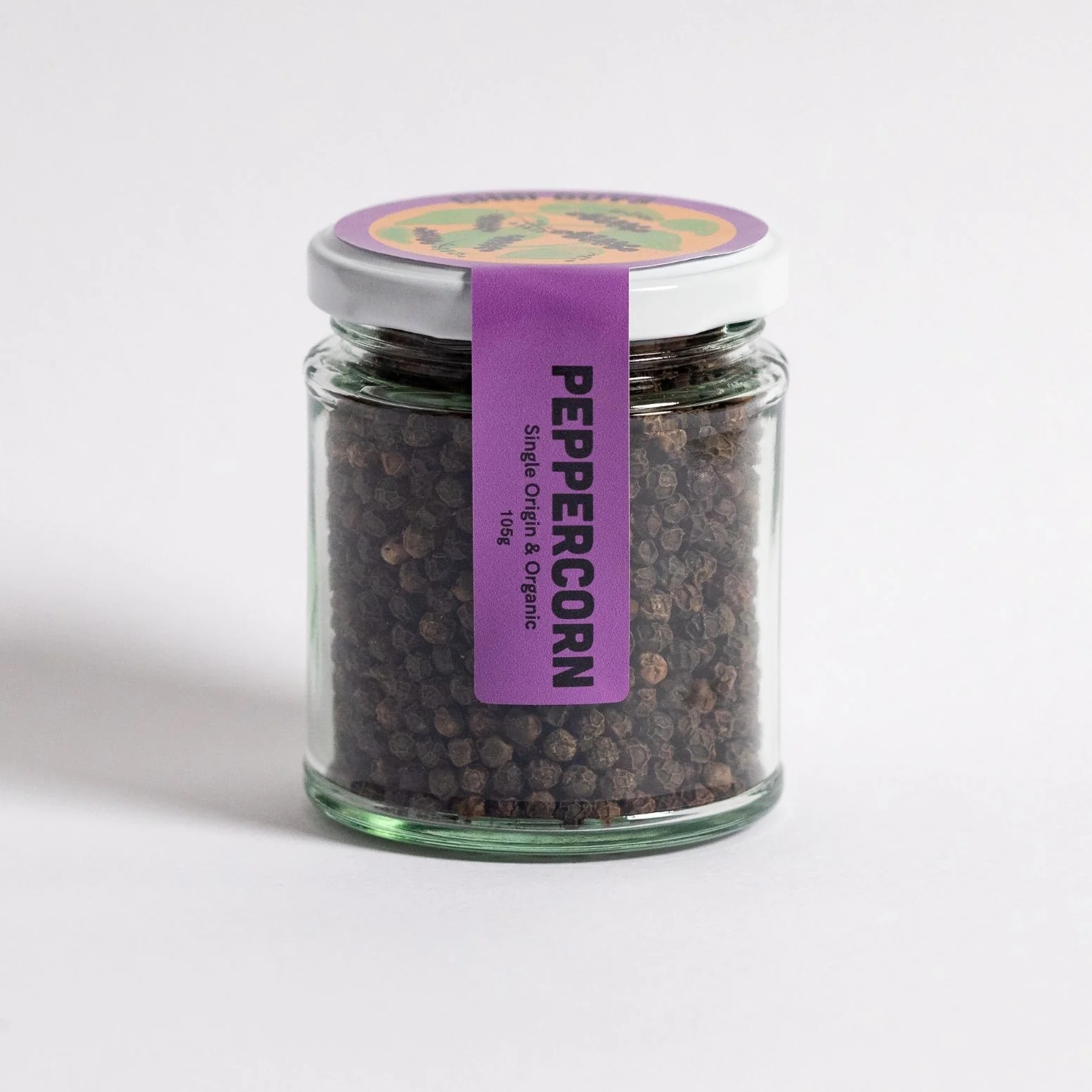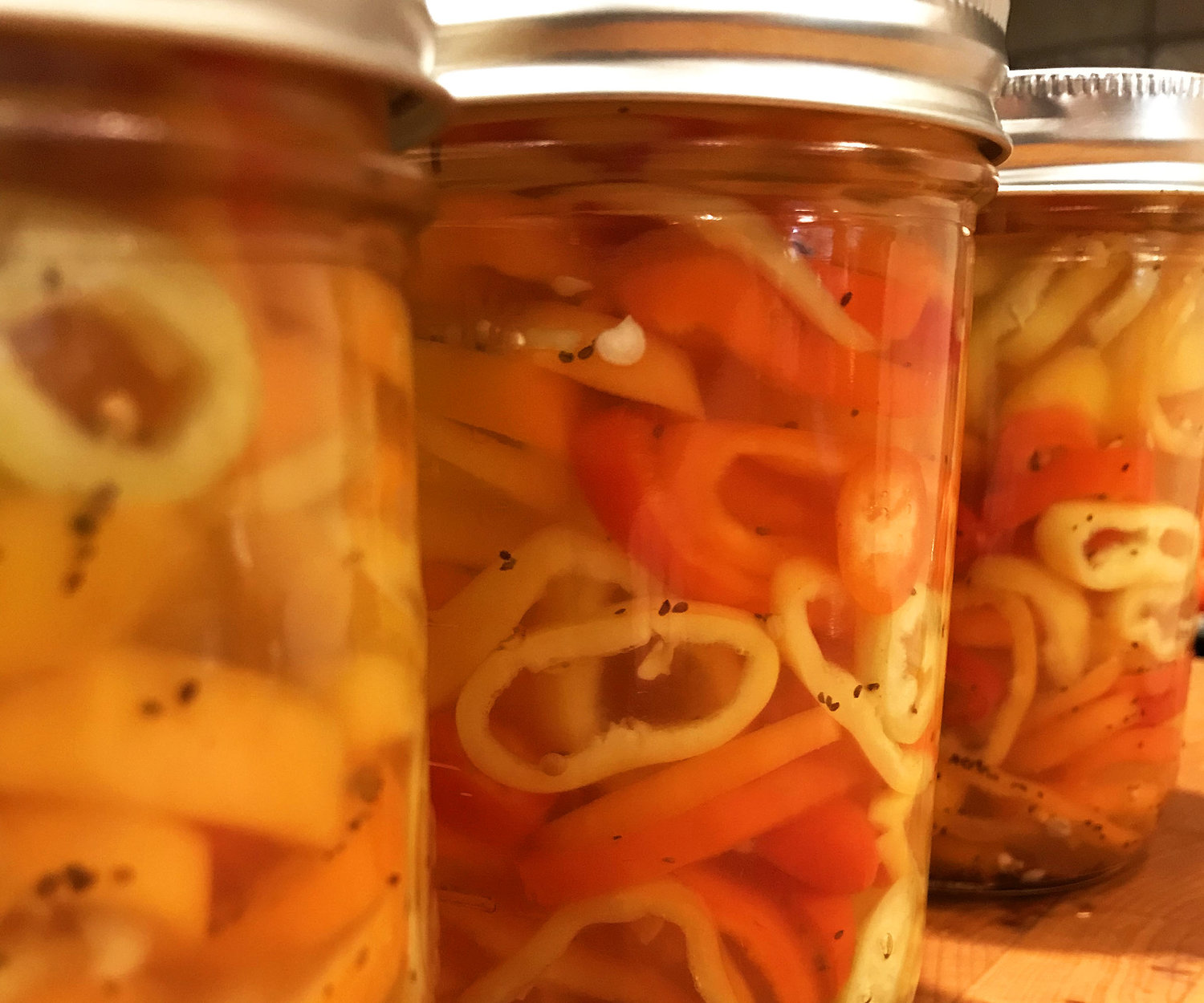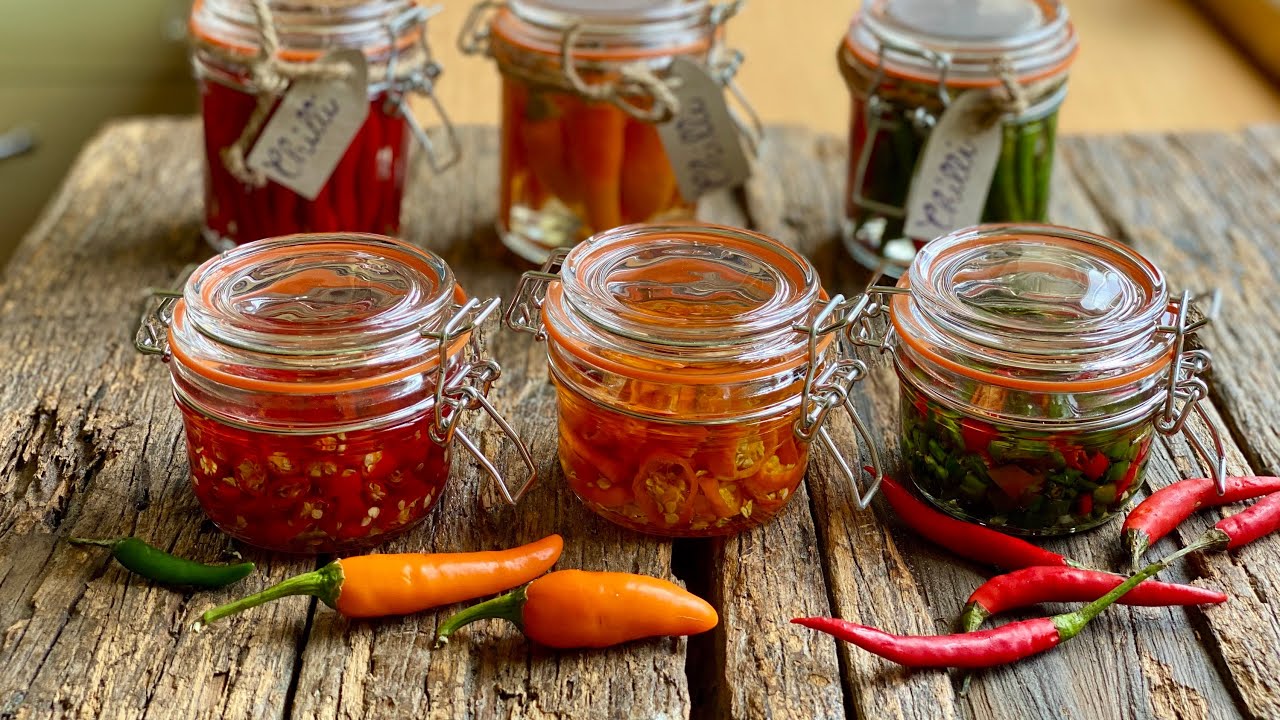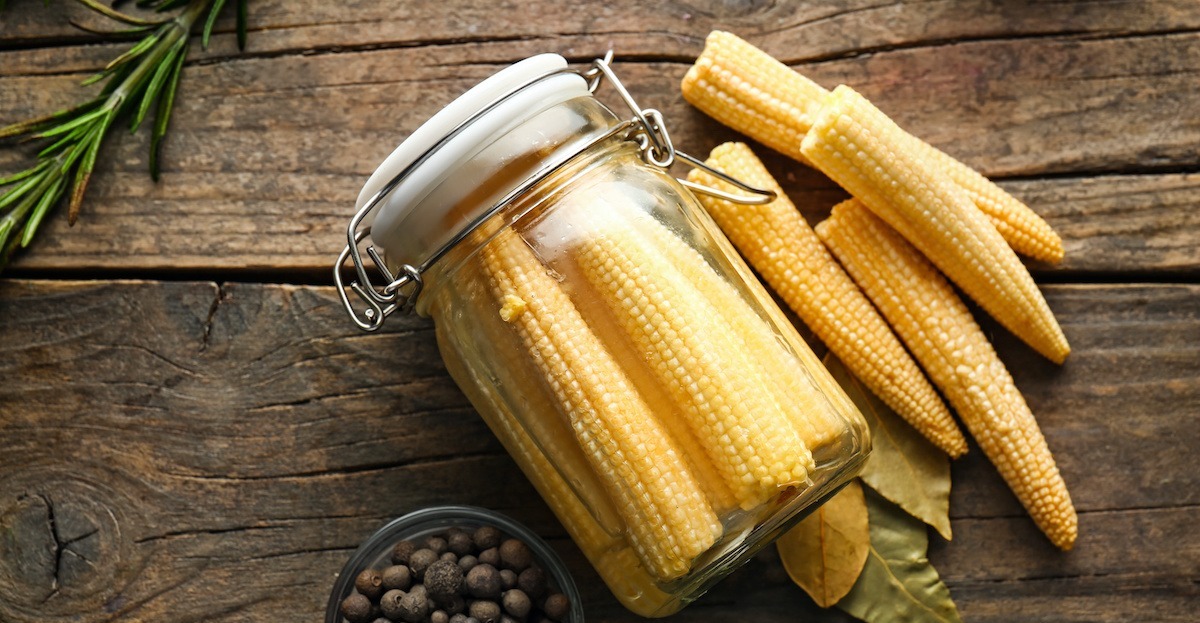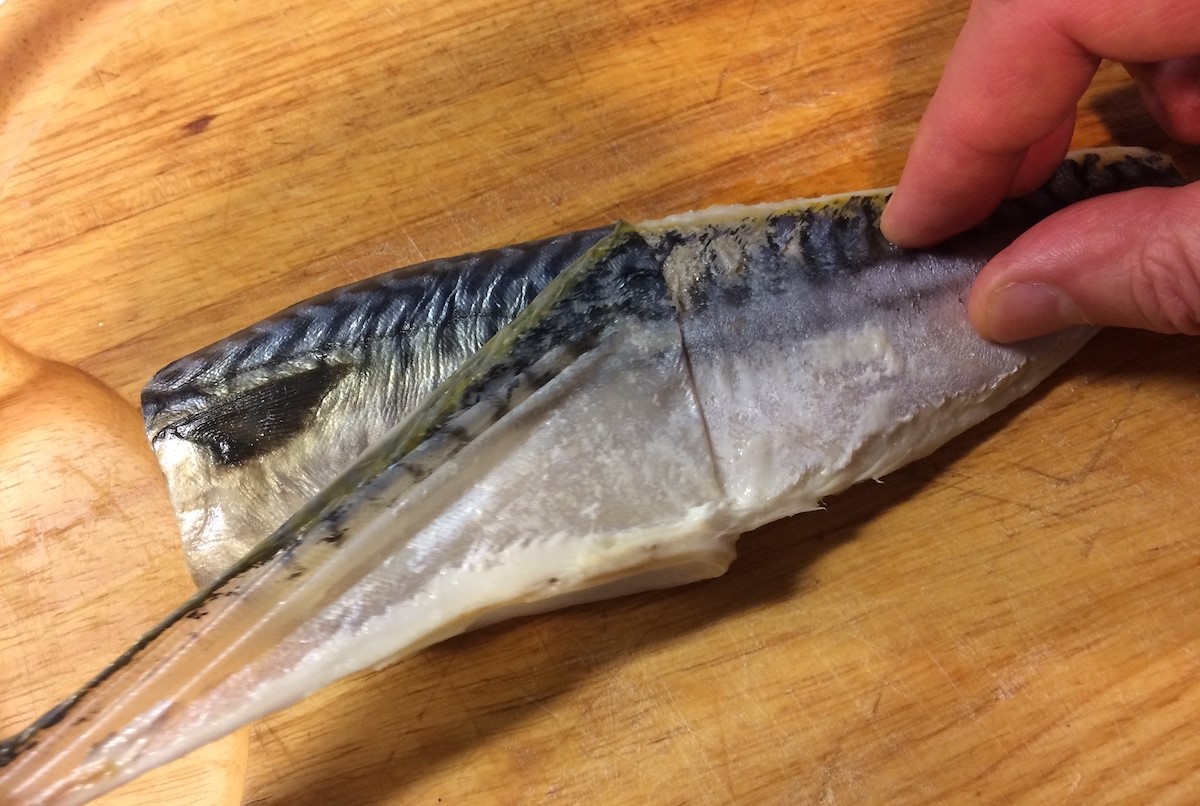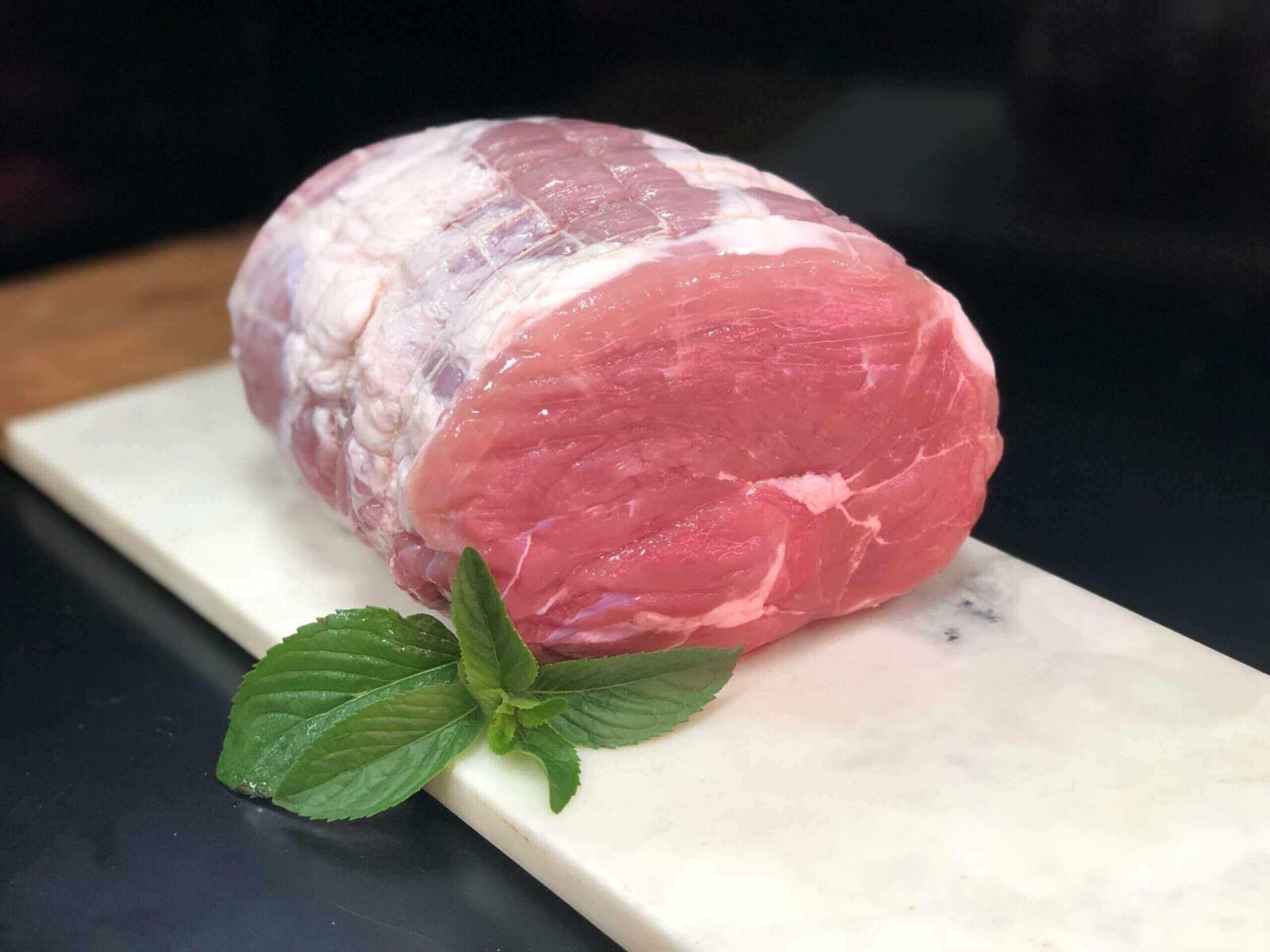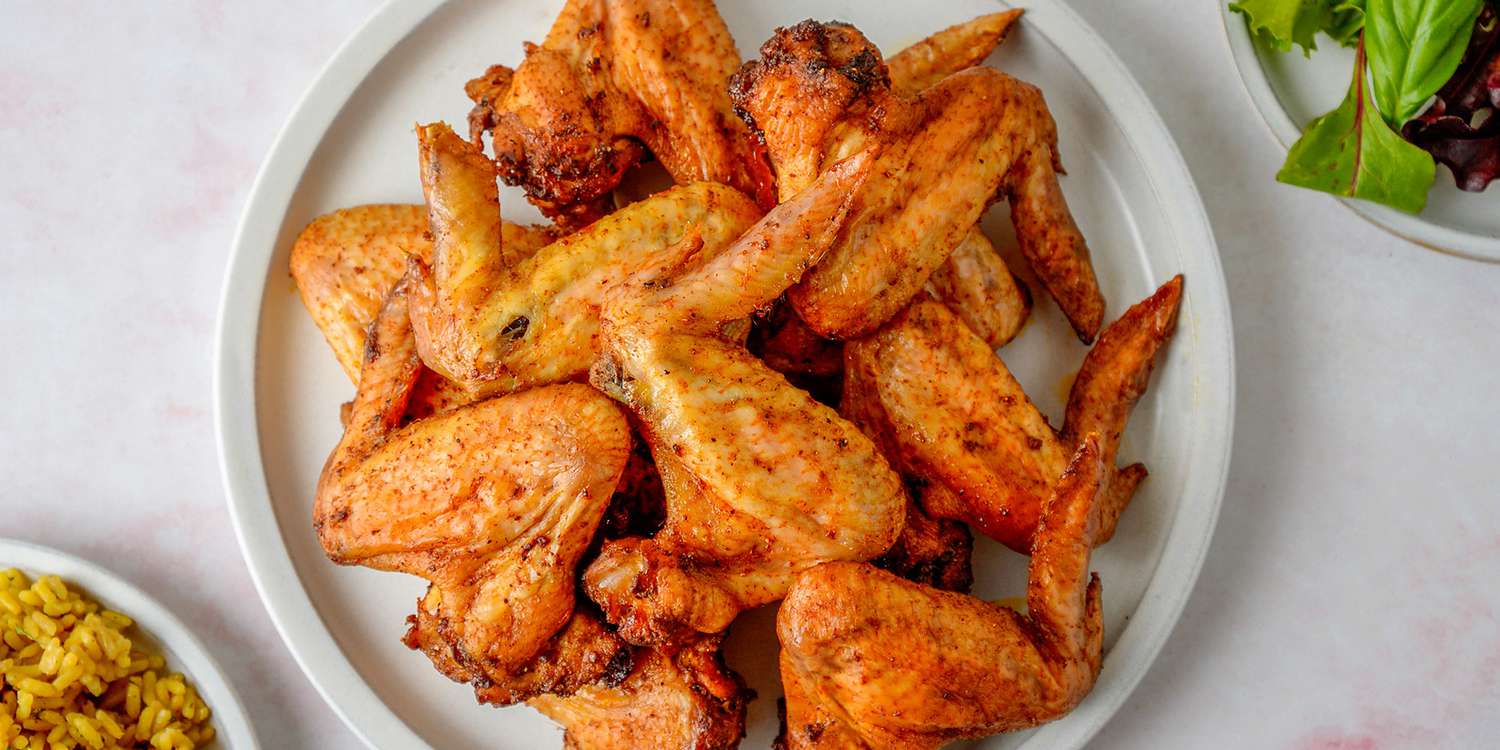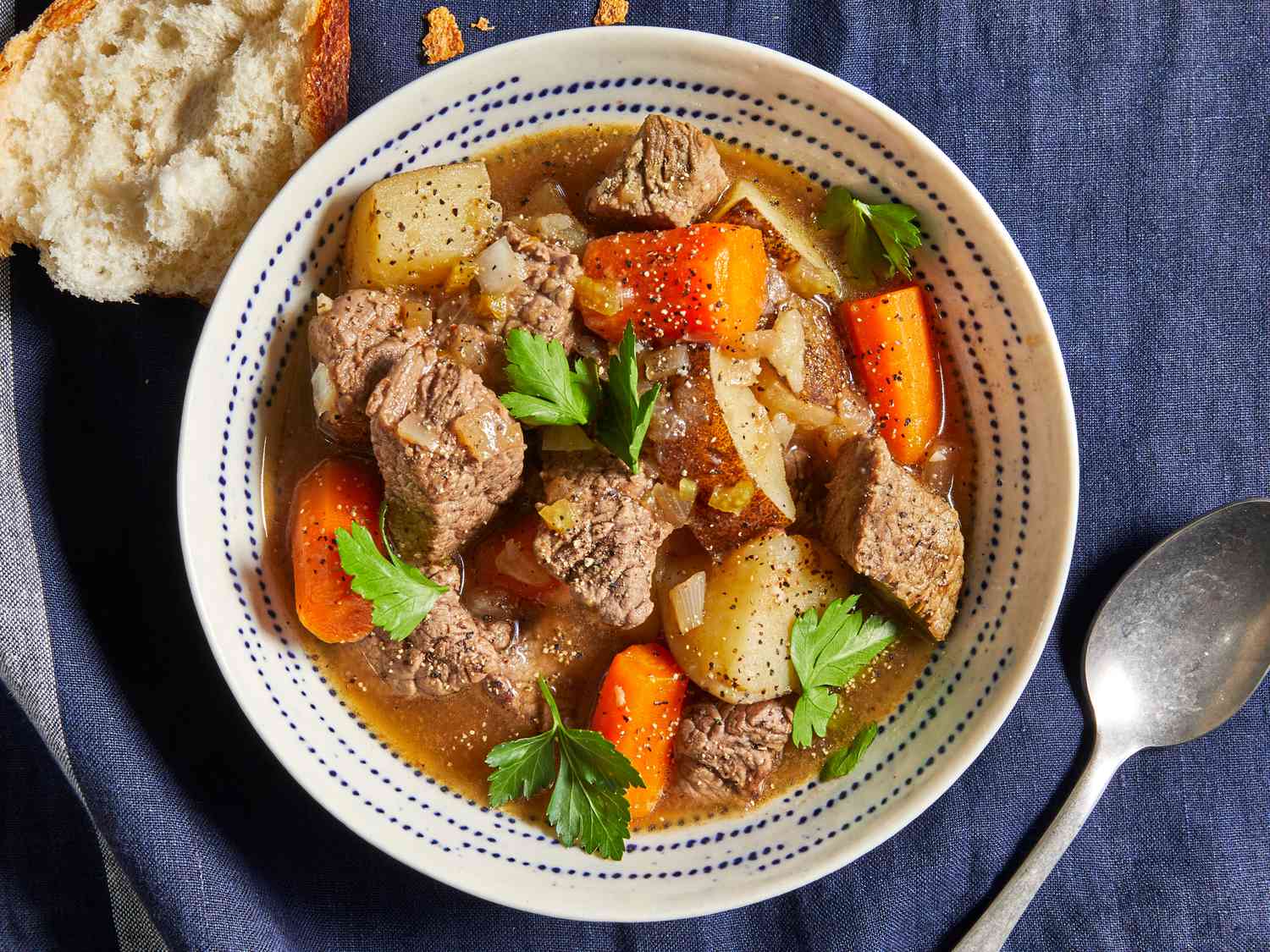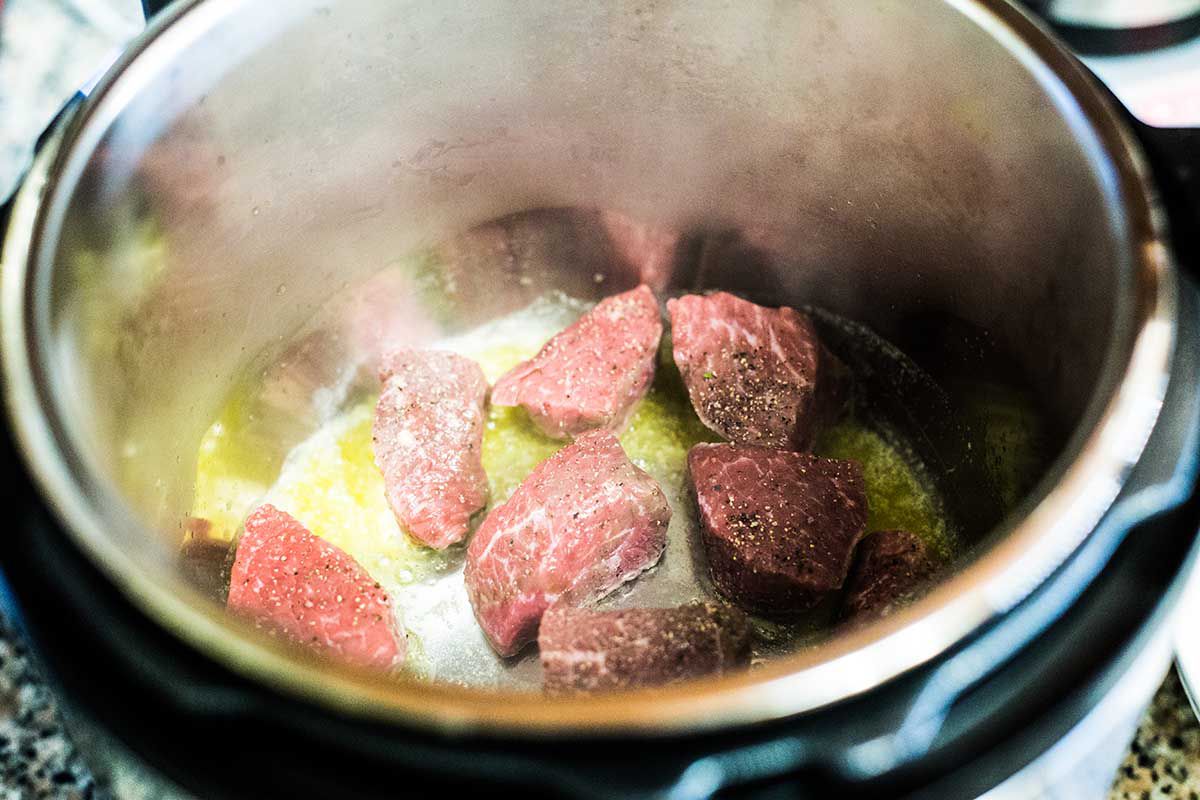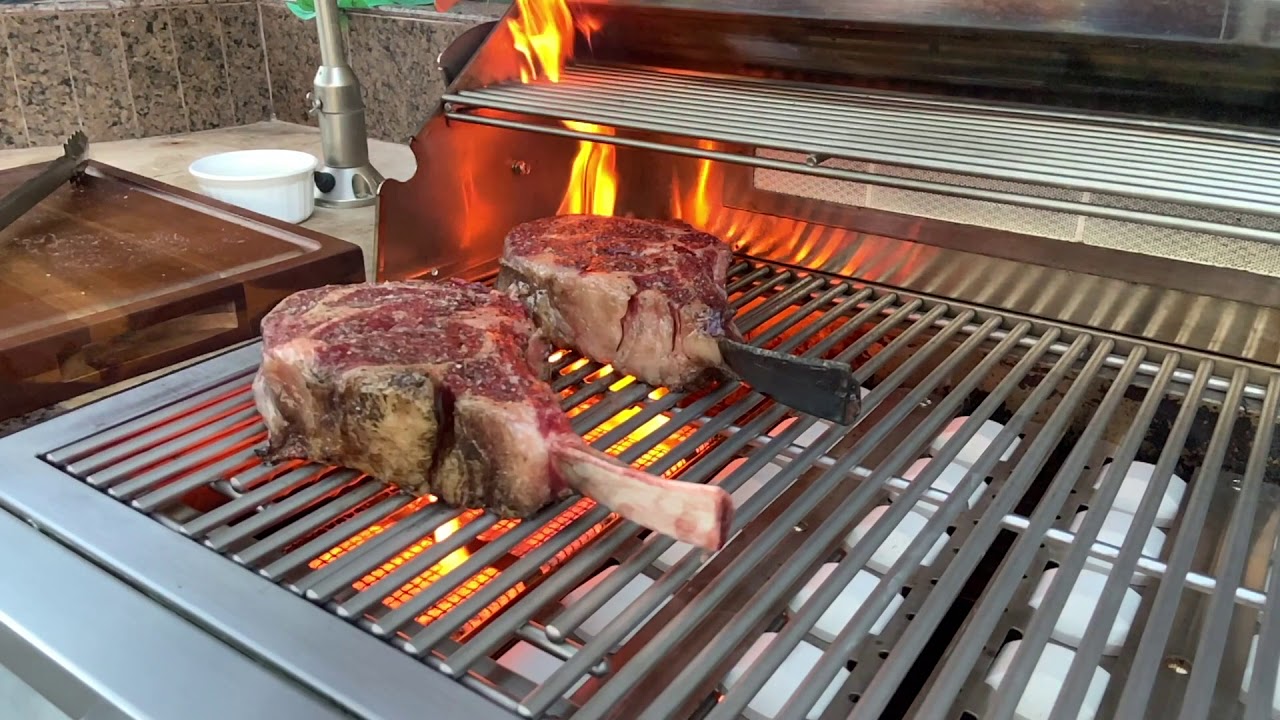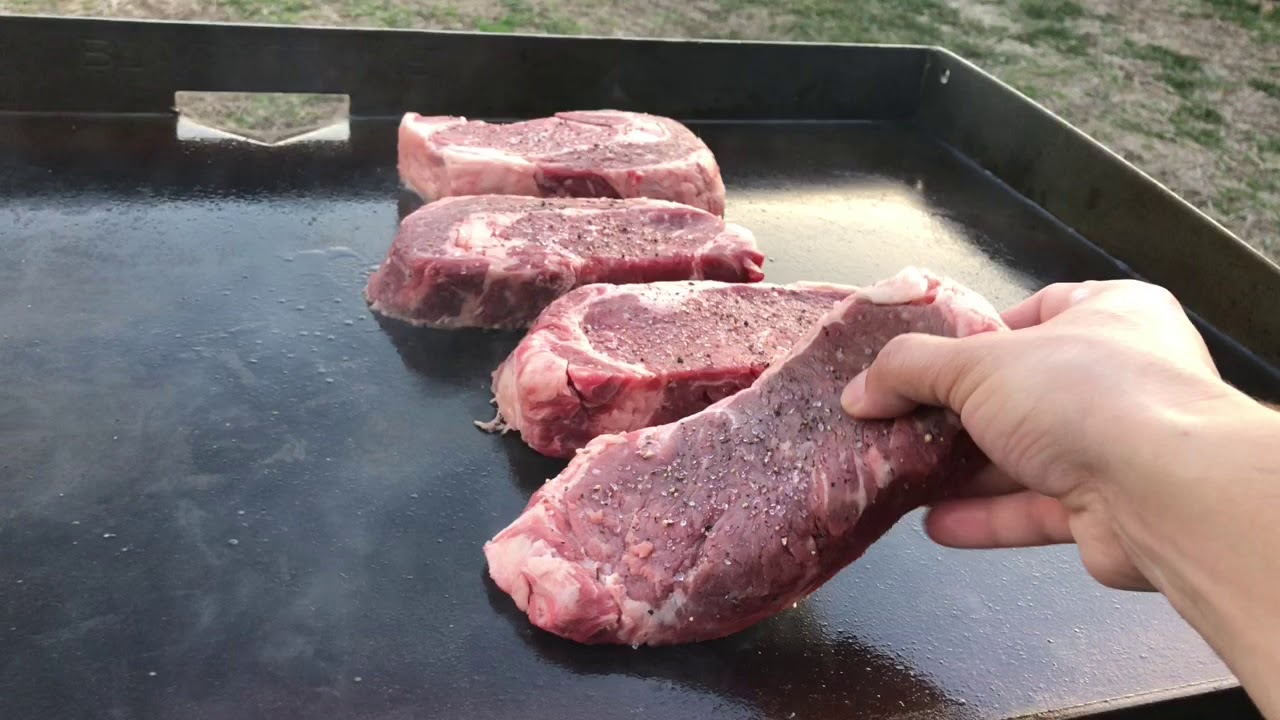Preserving the Sweetness: A Guide to Pickling Plums
Welcome to the wonderful world of pickling! Pickling is a fantastic way to preserve the flavors of your favorite fruits and vegetables. If you’re a fan of plums, you’re in for a treat. In this guide, we’ll walk you through the simple steps of pickling plums so you can enjoy their deliciousness all year round.
Why Pickle Plums?
Plums are not only delicious when fresh, but they also make for a delightful pickled treat. Pickling plums not only extends their shelf life but also transforms their flavor, adding a delightful tanginess that pairs perfectly with various dishes. Whether you want to enjoy them as a standalone snack or as a flavorful addition to salads and charcuterie boards, pickled plums are a versatile and tasty addition to any pantry.
Choosing the Right Plums
When it comes to pickling plums, it’s essential to select the right fruit. Look for plums that are firm and ripe, but not overly soft. The best plums for pickling are those that are slightly underripe, as they will hold their shape better during the pickling process.
Ingredients You’ll Need
Before you get started, make sure you have the following ingredients on hand:
- Firm, ripe plums
- Vinegar
- Sugar
- Spices such as cinnamon, cloves, and star anise
- Jars for canning
The Pickling Process
Now that you have your ingredients ready, it’s time to start pickling!
- Wash the plums thoroughly and remove any stems.
- Slice the plums into halves or quarters, discarding the pits.
- In a saucepan, combine equal parts vinegar and water, along with sugar and your choice of spices. Bring the mixture to a boil, then reduce the heat and let it simmer for a few minutes.
- Place the sliced plums into sterilized jars, then carefully pour the hot vinegar mixture over the plums, ensuring they are fully submerged.
- Seal the jars and let them cool to room temperature before transferring them to the refrigerator.
Enjoying Your Pickled Plums
After a few days, your pickled plums will be ready to enjoy. They make a delightful addition to cheese boards, salads, and even cocktails. Get creative and experiment with different flavor combinations to find your favorite way to enjoy pickled plums!
Pickling plums is a simple and rewarding process that allows you to savor the flavors of this delicious fruit long after the harvest season has passed. With just a few ingredients and a bit of patience, you can create a delectable treat that will impress your taste buds and your friends and family. So, what are you waiting for? Get pickling and enjoy the sweet and tangy goodness of pickled plums!
Using the pickling guide, readers can experiment with a variety of recipes that highlight the unique tang of pickled plums. For a delightful appetizer, they can prepare Pickled Plum and Prosciutto Crostini, pairing the tartness of the plum with the rich flavor of prosciutto. Another elegant option is Pickled Plum and Goat Cheese Salad, where the creamy goat cheese complements the sharpness of the pickled plums beautifully. For a creative twist on a classic, Pickled Plum and Brie Grilled Cheese offers a mouth-watering combination of flavors in each bite. Those looking for a refreshing beverage can try the Pickled Plum Bloody Mary, adding a special zing to the traditional cocktail. Finally, Pickled Plum and Pork Tacos offer a fusion of sweet, sour, and savory, making for a memorable meal. These recipes not only showcase the versatility of pickled plums but also provide unique culinary experiences for any occasion.
Was this page helpful?
Read Next: How To Pickle Shiso Leaves
